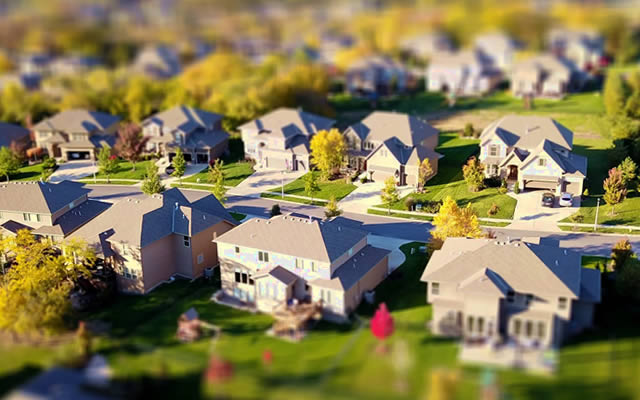Housing crisis intensifies: Skyrocketing prices and surging rates challenge the American Dream
- The U.S. housing market is witnessing skyrocketing prices and surging mortgage rates, with buyers now needing approximately twice the monthly payment for a new home compared to late 2020.
- Despite the demand, housing supply is constrained due to the aftermath of the 2006-08 housing bust and the reluctance of homeowners to sell and rebuy at higher interest rates.
- Though homebuying is becoming less affordable, there's potential relief for renters as many cities invest in building apartments, and stock prices for major homebuilders suggest more homes may be constructed soon.
It used to be a cornerstone of the American Dream - own your home, have a slice of land to call your own. However, recent data unveils a bitter truth: for many, this dream is becoming increasingly elusive.
The U.S. housing market is in a tight grip. Prices are skyrocketing, mortgage rates are surging, and the result? A staggering number of potential homeowners are left staring at an almost insurmountable financial barrier.
Despite the daunting figures, around 4 million homes still change hands monthly. Yet, with each passing transaction, the financial stability of new homeowners teeters on the brink. Compared to a few years prior, buyers are sinking into deeper debts and grappling with steeper interest rates. To put it in perspective, a dollar in the current housing market has about half the purchasing power it enjoyed at the end of 2020.

Look back to December 2020 and you'll see that mortgage rates plummeted, hitting a jaw-dropping 2.68% for a 30-year fixed mortgage. Fast forward to today, and the scene is bleak. Fannie Mae, the government-backed lender, reports that the same mortgage now comes with an average interest rate of 7.63%. Simultaneously, the median sale price for a single-family home has leaped from just below $360,000 in 2020 to over $416,000 in the recent quarter.
The current housing market presents an alarming trend. Monthly mortgage payments have now doubled for comparable newly sold homes. Given these circumstances, buying a home in many U.S. regions has become unattainable without significant increases in average income.
When considering the broader picture, affordability has taken a serious hit. Historically, a reading of 120 on the NAR's housing affordability index indicated that someone with a median income could comfortably purchase a home priced about 20% above the median. Today, that figure has plunged to a meager 91.7 - the lowest in nearly four decades.
This supply shortage can trace its roots back to the housing bust of 2006-08. The aftermath saw numerous smaller builders bowing out, while regulatory costs skyrocketed. Those who persevered became more cautious. Consequently, new homes became rarer commodities. Today's homeowners, many of whom are comfortably nestled with 3-4% mortgage rates, are reluctant to trade up and grapple with near 8% rates.
For those on the outside looking in, the gap seems insurmountable. Consider the numbers: a 20% down payment on a $416,000 home with a 3% interest rate would equate to a monthly mortgage of $1,403. At 8%, that number balloons to $2,441.
Renting, although pricey, offers a glimmer of hope. With numerous cities investing in building apartments, there might be some relief in sight for those priced out of the housing market. And though housing prices remain a significant concern, the uptick in stock prices for major homebuilders suggests that more homes could be on the horizon.
Yet, the overarching sentiment remains cautious. While strides have been made in addressing the affordability crisis, there's much ground to cover. As the American Dream continues to shift and evolve, only time will tell if homeownership remains an attainable goal for the many or a luxury for the few.


